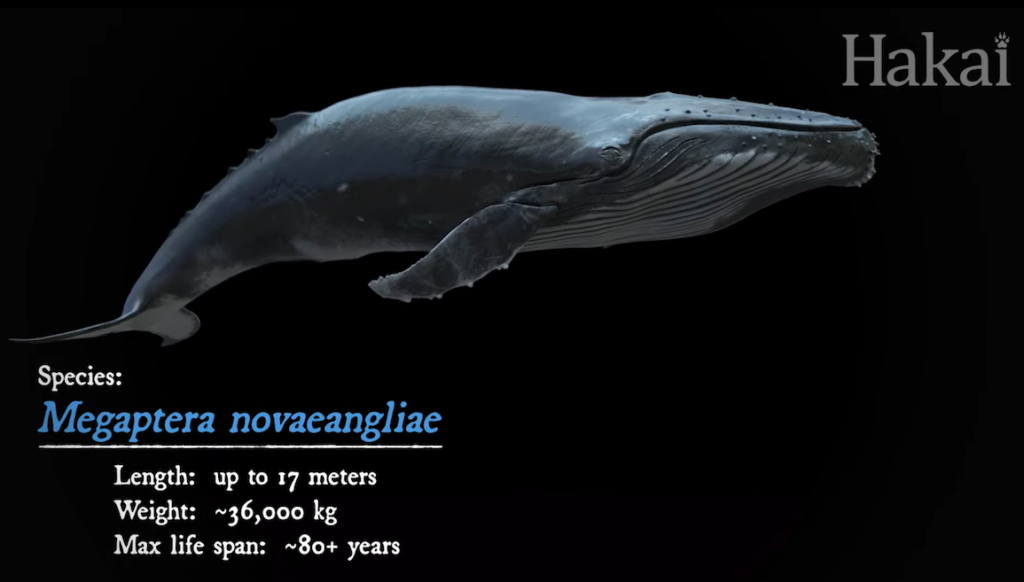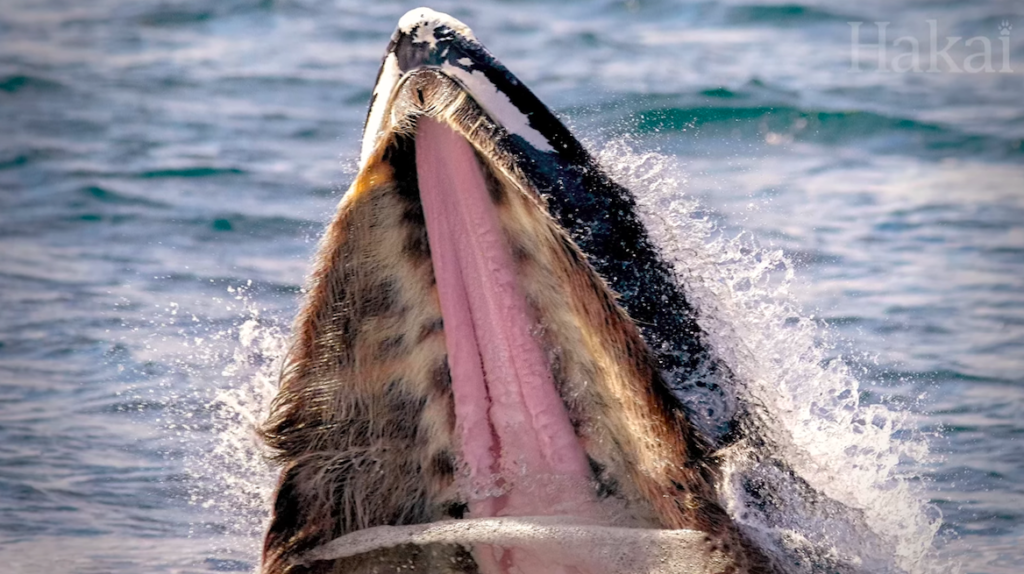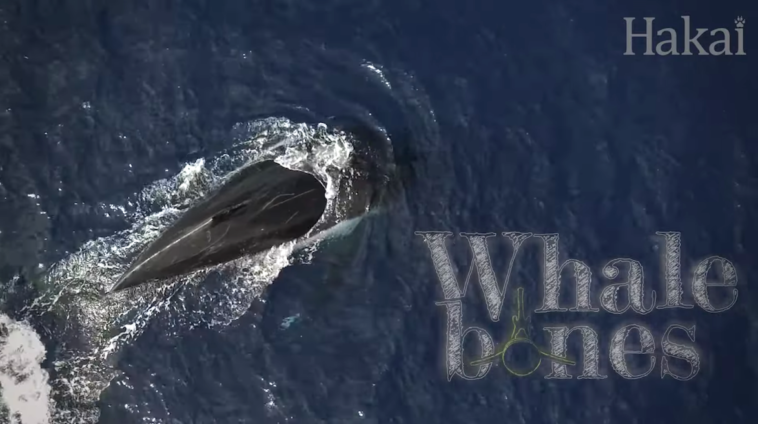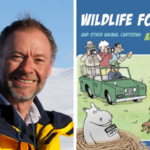If you have been reading the news lately, you might have noticed there are an unusual amount of dead whales washing up on B.C. beaches lately.
There was the mysterious death of Spike, the humpback whale, who appeared in Alert Bay, or the giant bloated whale on Malcolm Island discovered by residents. Experts estimate that four, possibly five, dead humpbacks have appeared on our coast since October – a shockingly high rate.
A new Youtube series by the Hakai Institute called “Whale Bones” is investigating the phenomenon through a single whale’s story, told through his bones.
In episode one, which takes place last spring, the whale is discovered belly-up on a Calvert Island beach by a hiker named Lorraine Lefort. A team of experts arrive to conduct the necropsy (an examination of a dead animal) to uncover the mystery of how it died.

These researchers are then able to learn more about the whale’s life, how it died, and how its body naturally decomposes. (Warning: the footage is graphic but educational.)
Upon opening the whale, the scientists discover the organs aren’t where they are supposed to be. The whale’s organs are squeezed up in its chest and throat. This could imply that the whale was injured by a boat strike – meaning humans could have had a role in the young humpback’s death.

Normally, the video explains, a whale dies in the ocean and sinks to the bottom in what is known as a ‘whale fall.’ These whale falls “can create miniature ecosystems that last for decades” by feeding a host of creatures, from snails, fish, octopuses, and deep sea crabs.
This particular humpback corpse will have a different journey. In subsequent episodes of the “Whale Bones” series, scientists and experts will study its remains to learn more about the incredible lives and deaths of humpback whales on B.C.’s coasts.
You can watch the first two episodes of the series here.




